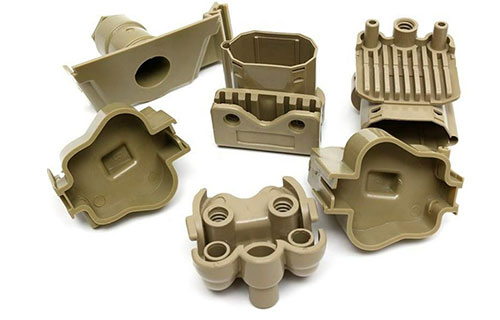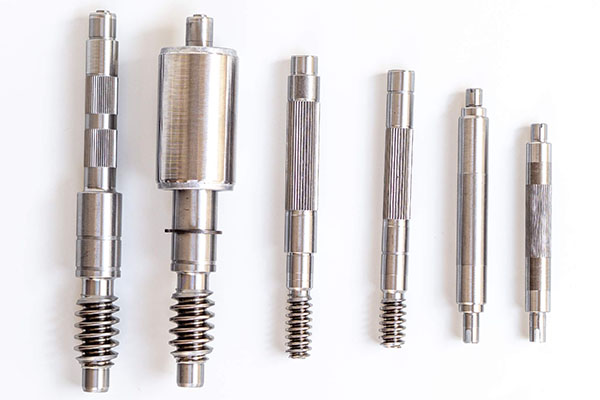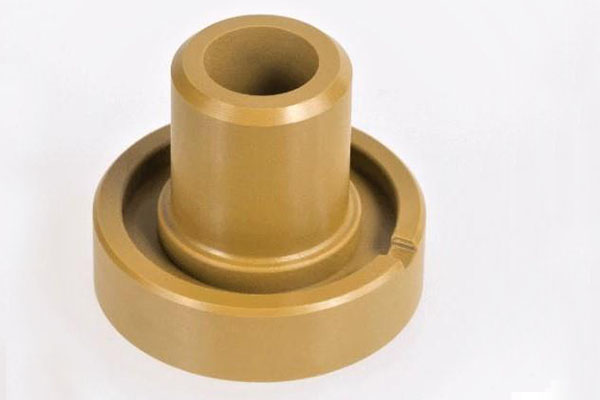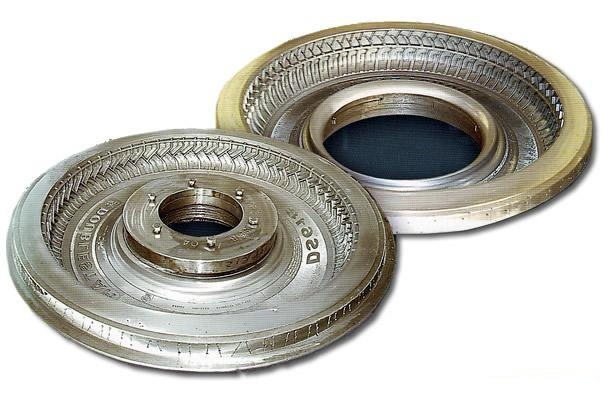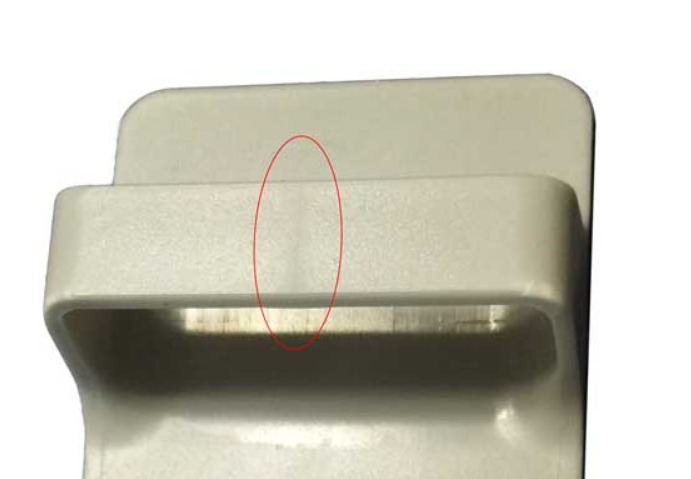Stainless steel is prized for its corrosion resistance, but even this durable material can let you down. A surgical instrument might rust after a few sterilizations, a food processing tank could develop pitting in humid conditions, or a marine fitting might corrode despite its “stainless” label. The culprit? Hidden contaminants like free iron particles left behind during machining, grinding, or welding. These particles act as tiny corrosion sites, undermining the steel’s natural protective layer. What’s needed is a process that eliminates these contaminants and strengthens the steel’s inherent defense. This is where surface treatment passivation (stainless steel) shines. By chemically removing free iron and enhancing the chromium oxide layer, it ensures stainless steel lives up to its name—delivering long-term resistance in even the harshest environments. In this guide, we’ll explore how passivation works, its key processes, properties, and how to leverage it for reliable stainless steel performance.
Introduction to Passivation (Stainless Steel)
Passivation (stainless steel) is a chemical process that enhances the material’s natural corrosion resistance by refining its surface layer:
- Definition: Passivation is a treatment that removes free iron and other contaminants from stainless steel surfaces, allowing the formation of a uniform, protective chromium oxide layer. This thin (2-5 nm) layer acts as a barrier, preventing oxygen and moisture from reaching the underlying metal and causing corrosion.
- Historical background: The term “passivation” was coined in the 19th century to describe the phenomenon where metals like iron become resistant to corrosion after exposure to certain chemicals. Stainless steel passivation as a standardized process emerged in the 1950s, with nitric acid treatments becoming industry standard. Modern methods include citric acid passivation, a safer alternative developed in the 1990s.
- Basic principles: Stainless steel contains at least 10.5% chromium, which reacts with oxygen to form a passive chromium oxide layer. However, machining or welding can leave free iron on the surface, which rusts and 破坏 (damages) the oxide layer. Passivation uses acids to dissolve free iron while leaving the chromium-rich steel intact, allowing a new, uniform oxide layer to form.
- Industrial significance: Passivation is mandatory in 90% of stainless steel applications requiring corrosion resistance, from medical devices to chemical processing. It reduces corrosion-related failures by 70% and extends part life by 5-10x in harsh environments. The global market for passivation chemicals exceeds $500 million, driven by strict industry standards.
- Environmental considerations: Traditional nitric acid passivation requires careful handling of toxic fumes and wastewater. Citric acid passivation is more eco-friendly, with lower toxicity and easier waste treatment. Both processes must comply with regulations like the EPA’s Resource Conservation and Recovery Act (RCRA) for hazardous waste management.
- Comparison with other surface treatments: Passivation offers unique benefits for stainless steel:
| Feature | Passivation | Electropolishing | Sandblasting |
| Corrosion Resistance | Excellent (enhances oxide layer) | Excellent (removes surface defects) | Poor (can introduce contaminants) |
| Surface Finish | Bright, unaltered | Mirror-like | Matte, textured |
| Impact on Dimensions | None (removes <0.1 μm) | Minimal (removes 1-5 μm) | Moderate (may alter dimensions) |
| Cost | Low to moderate | High | Low |
Process of Passivation
The process of passivation is a precise sequence of steps designed to remove contaminants and rebuild the protective oxide layer:
- Pre-treatment: Thorough cleaning is critical to ensure passivation effectiveness:
- Degreasing: Alkaline cleaners or solvents remove oils, greases, and fingerprints, which can block acid contact with the surface.
- Rinsing: Deionized water removes residual cleaner, preventing chemical interference with the passivating solution.
- Descaling (optional): For heavily oxidized parts, a mild acid etch removes thick oxide layers, preparing the surface for passivation.
- Chemical solutions: Two primary types are used:
- Nitric acid: A 20-50% solution (pH <1) at 49-60°C, effective for most stainless steels (300 and 400 series). It’s fast-acting (20-60 minutes) but requires safety precautions due to toxicity.
- Citric acid: A 4-10% solution (pH 2-3) at 60-80°C, a safer alternative for medical and food-grade applications. It works slower (30-120 minutes) but is less corrosive to equipment.
- Immersion process: Parts are fully submerged in the passivating solution, ensuring all surfaces are exposed. Agitation (air sparging or mechanical stirring) enhances chemical contact, critical for complex geometries like blind holes or threads.
- Electrochemical methods: For high-performance applications, an electric current is applied during passivation to accelerate the process and improve oxide layer uniformity. This is common in aerospace and semiconductor parts requiring ultra-high corrosion resistance.
- Post-treatment: After passivation, parts undergo:
- Rinsing: Multiple stages with deionized water remove residual acid, with final rinse conductivity <10 μS/cm to prevent salt deposits.
- Drying: Hot air (60-100°C) or forced air drying prevents water spots and flash rust, ensuring the oxide layer remains intact.
- Temperature control: Solution temperature affects reaction rate—higher temperatures (50-60°C) speed up passivation but increase acid evaporation. Citric acid requires higher temperatures (60-80°C) than nitric acid to achieve optimal results.
- Safety protocols: Operators use acid-resistant gloves, face shields, and respirators. Ventilation systems remove acid fumes, and emergency eyewash/shower stations are mandatory. Nitric acid fumes are particularly hazardous, requiring specialized scrubbers.
Properties of Passivated Stainless Steel Surfaces
The properties of passivated stainless steel surfaces make them indispensable for critical applications:
- Corrosion resistance: Passivated 304 stainless steel withstands 1000+ hours of salt spray testing (ASTM B117), compared to 200-300 hours for unpassivated steel. The uniform chromium oxide layer resists pitting, crevice corrosion, and general rusting.
- Surface finish: Passivation leaves a bright, clean surface with no visible changes to texture or appearance. It removes tarnish and discoloration from welding or machining, restoring the steel’s natural luster.
- Adhesion: While passivation isn’t designed to improve coating adhesion, it creates a clean surface that bonds better with paints or adhesives than contaminated stainless steel. This is useful for parts requiring both corrosion resistance and color coding.
- Thickness: The chromium oxide layer is just 2-5 nm thick—so thin it doesn’t affect part dimensions. This is critical for precision components like medical instruments or aerospace fasteners.
- Chemical resistance: Passivated stainless steel resists acids, alkalis, and organic solvents, making it ideal for chemical processing equipment. It withstands repeated exposure to cleaning agents, a must for food and medical applications.
- Thermal resistance: The oxide layer remains stable at temperatures up to 800°C, ensuring corrosion resistance in high-heat environments like industrial ovens or exhaust systems.
- Dimensional stability: Passivation removes less than 0.1 μm of material, preserving tight tolerances (±0.001 mm) in precision parts. This is far superior to treatments like electropolishing, which can alter dimensions.
Applications of Passivation
Passivation ensures stainless steel performs reliably in diverse, demanding environments:
- Medical devices: Surgical instruments, implants, and diagnostic equipment undergo passivation to resist corrosion from bodily fluids and sterilization (autoclaving). It ensures compliance with FDA and ISO 13485 standards for biocompatibility.
- Food processing: Tanks, conveyors, and mixing equipment use passivated stainless steel to resist corrosion from food acids (citrus, tomatoes) and cleaning chemicals (caustic soda). Passivation prevents rust particles from contaminating food.
- Chemical processing: Pipes, valves, and reactors handling acids, solvents, or corrosive gases rely on passivation to prevent leaks and contamination. It’s mandatory for compliance with ASME BPE standards in pharmaceutical processing.
- Marine industry: Boat hardware, propellers, and offshore equipment use passivated 316 stainless steel to resist saltwater corrosion. Passivation extends maintenance intervals from months to years.
- Aerospace: Stainless steel components in aircraft engines and frames undergo passivation to withstand humidity, jet fuels, and high altitudes. It ensures compliance with aerospace standards like AMS 2700.
- Consumer electronics: Stainless steel casings for smartphones, watches, and appliances use passivation to resist fingerprints, sweat, and environmental moisture, maintaining a premium appearance.
Passivation Process and Equipment
The passivation process and equipment are designed to ensure uniform, repeatable results:
- Passivation tanks: Constructed from acid-resistant materials like PVC, polypropylene, or 316 stainless steel. Tanks range from small benchtop units (for laboratory parts) to large automated systems (for automotive components), with capacities from 50 liters to 10,000 liters.
- Chemical solutions: Prepared with precise concentrations—20-50% nitric acid or 4-10% citric acid—using deionized water to avoid contamination. Solutions are filtered to remove particles that could deposit on parts.
- Application methods:
- Immersion: Most common, with parts fully submerged in tanks. Ideal for complex geometries and batch processing.
- Spraying: Acid is sprayed onto large parts (e.g., tanks, panels) for faster processing, though less effective for recessed areas.
- Brushing: Manual application for small, custom parts, though less consistent than immersion.
- Pre-treatment equipment: Includes ultrasonic cleaners for degreasing, spray washers for large parts, and rinse tanks with deionized water systems.
- Temperature control: Heaters (electric or steam) maintain solution temperatures within ±2°C, critical for consistent reaction rates. Thermocouples monitor temperature in multiple tank zones.
- Agitation systems: Air spargers (bubbling compressed air) or mechanical stirrers ensure uniform solution concentration and temperature, preventing “dead zones” where parts receive inadequate treatment.
- Quality control equipment: Conductivity meters check rinse water purity; pH meters monitor acid concentration. X-ray photoelectron spectroscopy (XPS) measures chromium oxide layer thickness for critical applications.
Quality Control and Maintenance in Passivation
Rigorous quality control and maintenance ensure passivation meets performance standards:
- Chemical solution maintenance: Daily titration tests monitor acid concentration (e.g., 20-30% for nitric acid). Solutions are replenished when concentration drops by >10% or when contamination is detected (e.g., iron levels >50 ppm).
- Surface inspection: Visual checks ensure parts are bright and free of stains, rust, or residues. The water break test verifies cleanliness—water should sheet uniformly, not bead (beading indicates residual contaminants).
- Corrosion testing: Samples undergo salt spray testing (ASTM B117) for 1000 hours, with no pitting or rust allowed for medical and food-grade parts. Ferroxyl testing detects free iron—no blue color indicates successful passivation.
- Thickness measurement: XPS or Auger electron spectroscopy measures the chromium oxide layer (target: 2-5 nm). A higher chromium-to-iron ratio (>1.0) confirms effective passivation.
- Equipment maintenance: Tanks are cleaned weekly to remove sludge (iron oxides and contaminants). Heaters and agitators are calibrated monthly to ensure temperature and flow consistency.
- Quality standards: Compliance with ASTM A967 (standard for stainless steel passivation) and ISO 9001 is mandatory. Medical applications must meet ISO 13485, while aerospace parts follow AMS 2700.
- Defect correction: Incomplete passivation (indicated by rust in testing) is corrected by re-cleaning and re-passivating parts. Contaminated solutions are replaced to prevent batch failures.
Yigu Technology’s Perspective
As a leading custom manufacturing supplier in China, Yigu Technology provides precision passivation services for stainless steel components in medical, food, and aerospace industries. We use both nitric and citric acid processes, with strict control over concentration (±1%) and temperature (±1°C). Our quality checks include 100% water break testing and periodic salt spray validation (1000+ hours). We comply with ASTM A967 and ISO 13485, ensuring parts meet biocompatibility and corrosion resistance requirements. Passivation’s ability to enhance stainless steel’s natural properties without altering dimensions makes it ideal for precision components, and we tailor processes to each client’s material (304, 316, 430) and application needs.
FAQs
- How often should passivated stainless steel be re-passivated?
Re-passivation is needed only if the surface is damaged (e.g., scratched, welded, or exposed to heavy contamination). In normal use, passivated parts retain their corrosion resistance for 5-10 years. Medical instruments may require re-passivation after 50+ autoclave cycles.
- Is citric acid passivation as effective as nitric acid?
Yes—studies show citric acid passivation achieves equivalent or better corrosion resistance, especially for 300-series stainless steels. It’s preferred for medical and food applications due to lower toxicity and easier rinsing.
- Can passivation repair pitting corrosion?
No—passivation prevents new corrosion but can’t repair existing pitting. Severely pitted parts must be replaced. Light surface rust can be removed with mechanical polishing before passivation, but this may affect dimensions.

